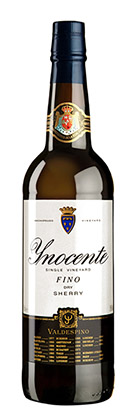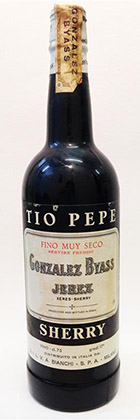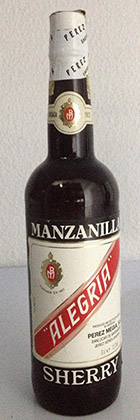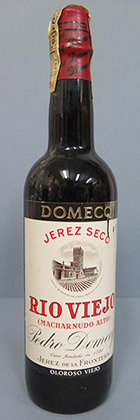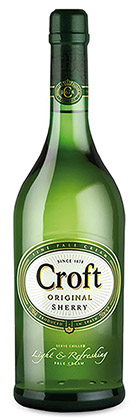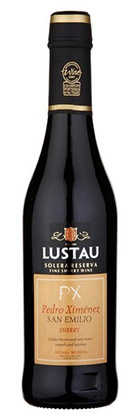Wines of Sherry Country
Finesse - meaning fine-ness in its most literal sense, a combination of strength and delicacy - is not one of the qualities you normally find in scorched-earth wines, where the sun fairly grills the ground, and the grapes ripen as warm as fruit in a pie, wine sometimes develops wonderful thews and sinews, power and depth. But finesse?
This is sherry’s great distinction. It is a question of chalk; of the breed of the Palomino grape; of huge investment and long-inherited skill. Not every bottle of sherry, by a very long way, has this quality. But a real fino, the rarely shipped unstrengthened produce of the bare white chalk dunes of Macharnudo or Sanlúcar de Barrameda, is an expression of wine and wood as vivid and beautiful as any in the world. One does not think of sherry normally in direct companion with the world’s other great white wines - but it is, strange to say, the cheapest of them, even bodega bottled and fully mature, ready to drink.
The sherry country, between the romantic- sounding cities of Cádiz and Seville, is almost a caricature of grandee Spain. Here are the bull ranches, the caballeros, the castles on the skyline, the patios, the guitars, the night-turned-into-day. Jerez de la Frontera, the town that gives its name to sherry, lives and breathes sherry as Beaune does burgundy and Epernay champagne.
The comparison between sherry and champagne can be carried a long way. Both are white wines with a distinction given them by chalk soil, both needing long traditional treatment to achieve their special characters. Both are revivifying apéritifs, of which you can drink an astonishing amount in their home countries and only feel more alive than you have ever felt before. They are the far-northern and the far-southern interpretation of the same equation, or the same poem: the white grape from the white ground.
The shippers’ headquarters and bodegas are in the towns of Jerez, Sanlücar and Puerto de Santa Maria. Traditionally they made the wine at their caserios among the vineyards. Every hilltop seems to have its low white house. The workers eat and sometimes sleep there at vintage time, and there they used to tread the grapes in boots with protruding rows of nails which crushed the skins but spared the pips.
Today such folklore is too slow and expensive. All modem sherry is pressed at the bodega with the latest machinery in hygienic conditions. The wine, thank goodness, is none the worse for it.

